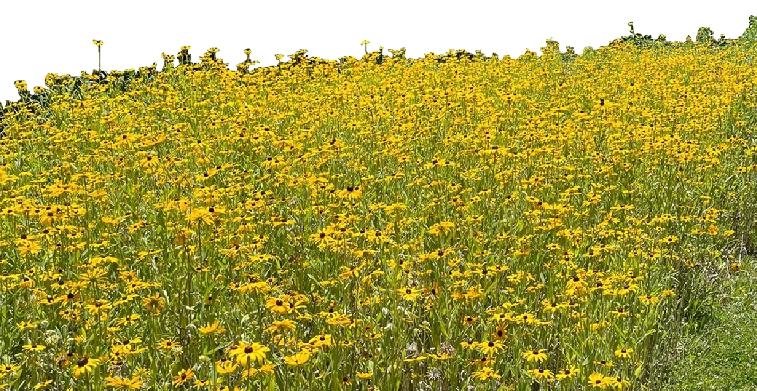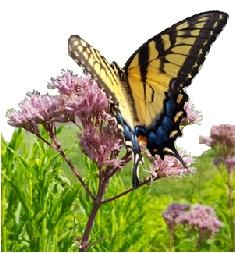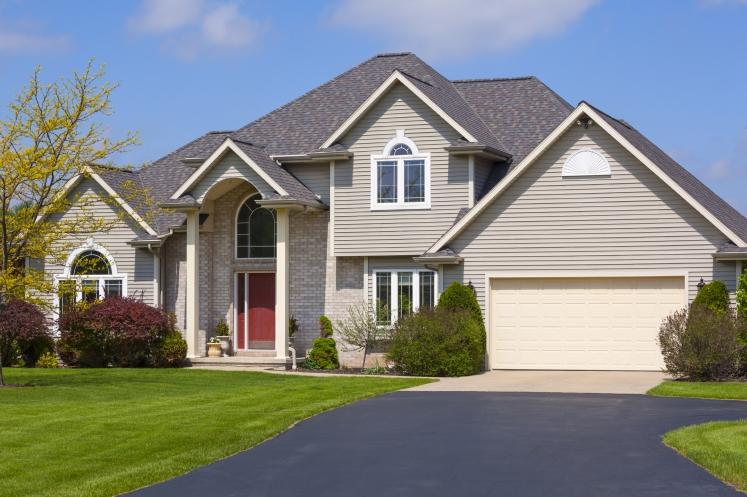
2 minute read
NATIVE PLANT LANDSCAPING
Why Do My Native Plants Keep Dying?
by Alex Morrison
Advertisement
Why Do My Native Plants Keep Dying?
Alex Morrison
Those of us who make concerted efforts to use native plants in our landscapes inevitably experience trials and errors. Some of our selections spread gloriously all over the place, some die within weeks, and some just sit there — sort of in stasis.
Unfortunately, the Burning Bushes and Knock Out Roses of the horticultural world have trained many of us to believe you can put any plant in any old place and it will thrive. But the fact is, those horticultural varieties are the product of years of research and genetic modification. Native plants evolve in the wild to perform specific ecological functions, and can behave unpredictably in home gardens. There are 2 major reasons why:
1. Not every site is suitable for every plant.
2. Not all native plants are native to you

One of the biggest factors in a native species' life-or-death is what ecologists call “site conditions.” This classification includes multiple components (from soil pH to mycorrhizal activity). But the paramount variable is soil moisture.
For example, Monarda fistulosa (Wild bergamot) will grow in sandy soil and full sun, but will never survive in a floodplain. Conversely, you'll never find Lobelia cardinalis (Cardinal flower) from a streamside growing in a sandy plain. This is because native plants need specific soil moisture regimes that will neither rot their roots, nor desiccate them. Remember, these species weren't grown in labs; they evolved under specialized conditions in the wild!
Our job as good land stewards is to understand what kind of environment is appropriate for each plant, and then place it in an area with equivalent conditions in our yards. In other words, if your lawn gets baked with sun and dries to a crisp every summer, try looking for native plants that would be found naturally in sandy meadows or rocky outcrops. And if your lawn floods or stays wet over the winter, look for plants that would be native to wetlands or riparian areas.
Even if you get your site conditions just right, you'll still need to find a native plant that is native to you.
Many “native” plants you can buy in the store are sourced from states or even time zones away. It's not uncommon to purchase a packet of native wildflower seeds, only to find out that those seeds are indigenous to Texas, not Pennsylvania. It's certainly not a crime to plant Tetraneuris scaposa (Four-nerve daisy) in your PA yard, but you'll lose the benefits of having a native plant there like feeding local pollinators and supporting important birds. It's best to check your plant's native range before you buy! (You can find a map of county-specific native ranges for your species in the USDA's PLANTS database, USDA Plants Database.)
Truly, gardening with native plants is a commitment we make out of love. Love for our waterways, love for our local insects and wildlife, and love for our futures. However, building native landscapes comes with a learning curve. Start by making sure your site conditions can support the plants you want, and that they're actually indigenous to your area. Then the rest should come easily. For everything else, you can consult local experts like WildLawn.
WildLawn is an ecological restoration company that specializes in converting traditional turf grass lawns into authentic native habitats. If you have questions about how to get started, or want to learn more about native ecology, you can reach us at www.wildlawn.com, or follow us







